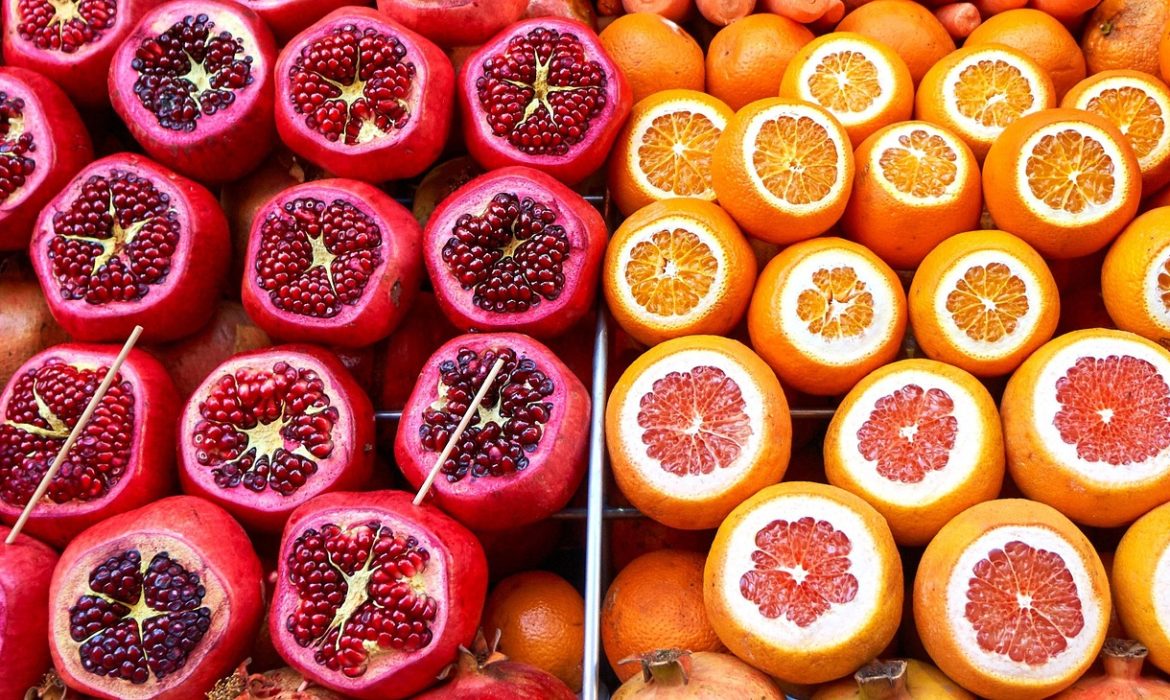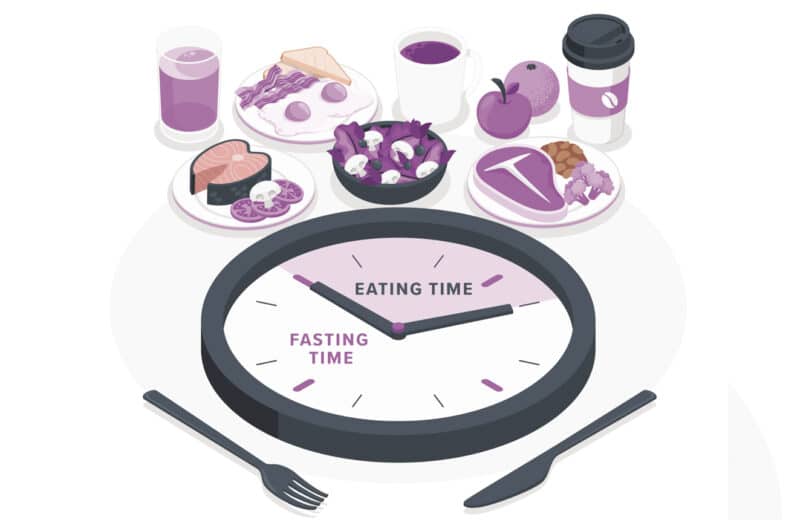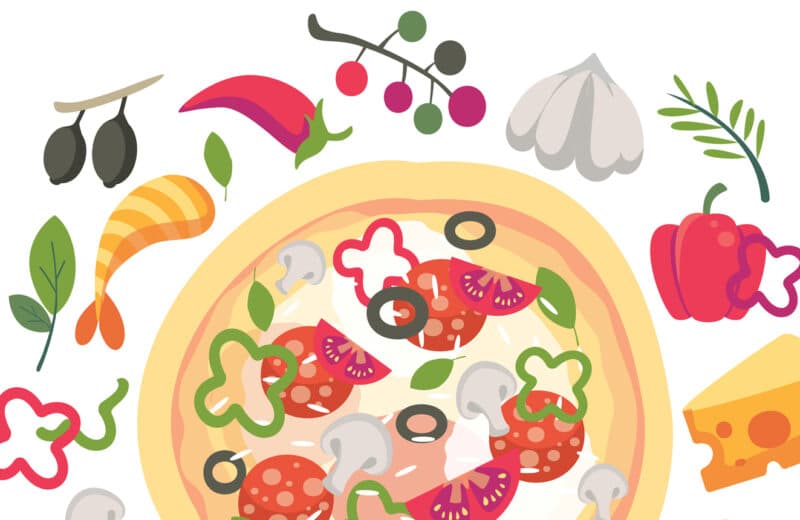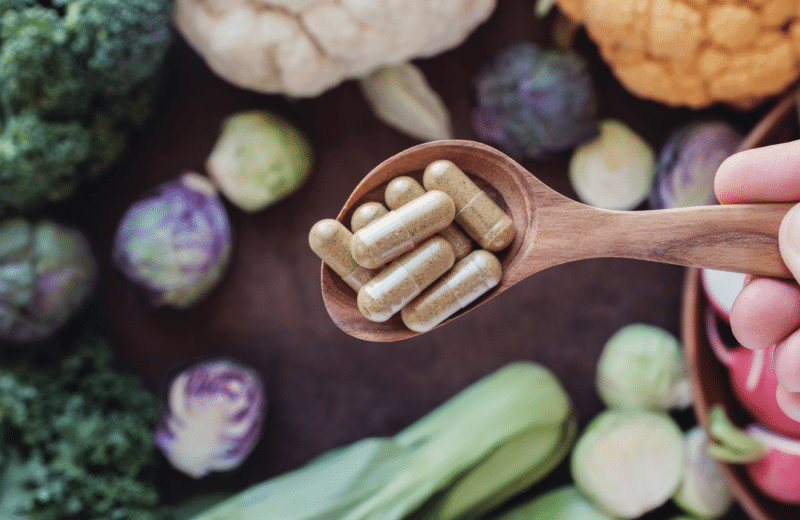Most supermarkets are stocked with a wide selection of fruit year-round. However, just because it’s available doesn’t mean it’s at its peak. Use this guide to shop smarter and enjoy fresher produce by buying winter fruit that’s in season now.
Pomegranate
Season: September to February
Pomegranates are rich in the same types of disease-fighting nutrients, anthocyanins, contained in out-of-season berries — and they’re packed with fiber.
To select the juiciest pomegranate, compare a few that are about the same size and buy the one that feels the heaviest. The color of the rind doesn’t make a difference in determining ripeness. Store in the fridge for up to three weeks.
Stir pomegranate seeds into Greek yogurt and freeze in ice-cube trays, or fill celery sticks with ricotta cheese and top with the colorful seeds.
Kumquat
Season: November to July
The kumquat has been described as an “inside-out orange” because the edible skin is sweet and the flesh is a tad tart. Kumquats supply the nutrients you’d expect from citrus — like vitamins A and C — plus antioxidants such as cancer-fighting lutein and zeaxanthin, which are typically found in vegetables. Don’t peel them: the skin is packed with fiber and oils such as anti-inflammatory limonene.
Look for firm, bright orange fruit with smooth skin; greenish color is a sign that it hasn’t properly ripened.
To serve, thinly slice and remove the one or two larger seeds the fruit is likely to have. Place the slices on small toasted breads spread with ricotta cheese. Another idea: add chopped kumquats to salsa.
Asian pear
Season: September to February
With their thin skin and crispy texture, Asian pears often appeal to picky eaters. Plus, choosing Asian pears over common European varieties means you’ll receive extra heart-healthy fiber and potassium with fewer calories and less sugar.
When shopping, look for firm, unbruised fruit. Store up to a week at room temperature or three months in the fridge; unlike other pear varieties, they won’t soften.
Try wrapping ham slices around pear wedges, or thinly slice and add to your favorite coleslaw recipe.
Grapefruit
Season: Year-round but peaks December to April
If you love sour candy, tart grapefruit is a healthier — yet equally colorful — alternative. If not, opt for the sweeter new varieties, like White Gold and Sweet Scarlett’s. Grapefruit is packed with antioxidants, but one caveat: if you’re taking any prescriptions (including some antihistamines), check with your doctor; grapefruit doesn’t mix well with some meds.
When purchasing, look for round, heavy fruit without soft spots or deep blemishes.
Sprinkle four halves with 1 to 2 teaspoons of brown sugar or honey and top with 1/4 teaspoon cinnamon each. Place on a parchment-lined baking tray and broil until slightly browned, about 5 to 7 minutes.
Oranges
Season: Year-round but peaks January to March
Several fun varieties, like blood oranges and Cara Caras, are only available in the winter and early spring. Both blood and Cara Cara oranges contain healthy plant compounds that aren’t present in other varieties of oranges. Cara Caras deliver lycopene, the cancer fighter found in watermelon, while blood oranges provide anthocyanins, the heart-healthy antioxidant that’s abundant in berries.
Look for firm, shiny, heavy oranges; they tend to be the juiciest. Avoid ones with soft spots because they’ll spoil faster.
To entice picky eaters, hollow out large oranges and fill with a bright citrus salad.
(Parents magazine help moms and dads raise happy, healthy kids — and have some fun along the way. Online at www.parents.com.)












